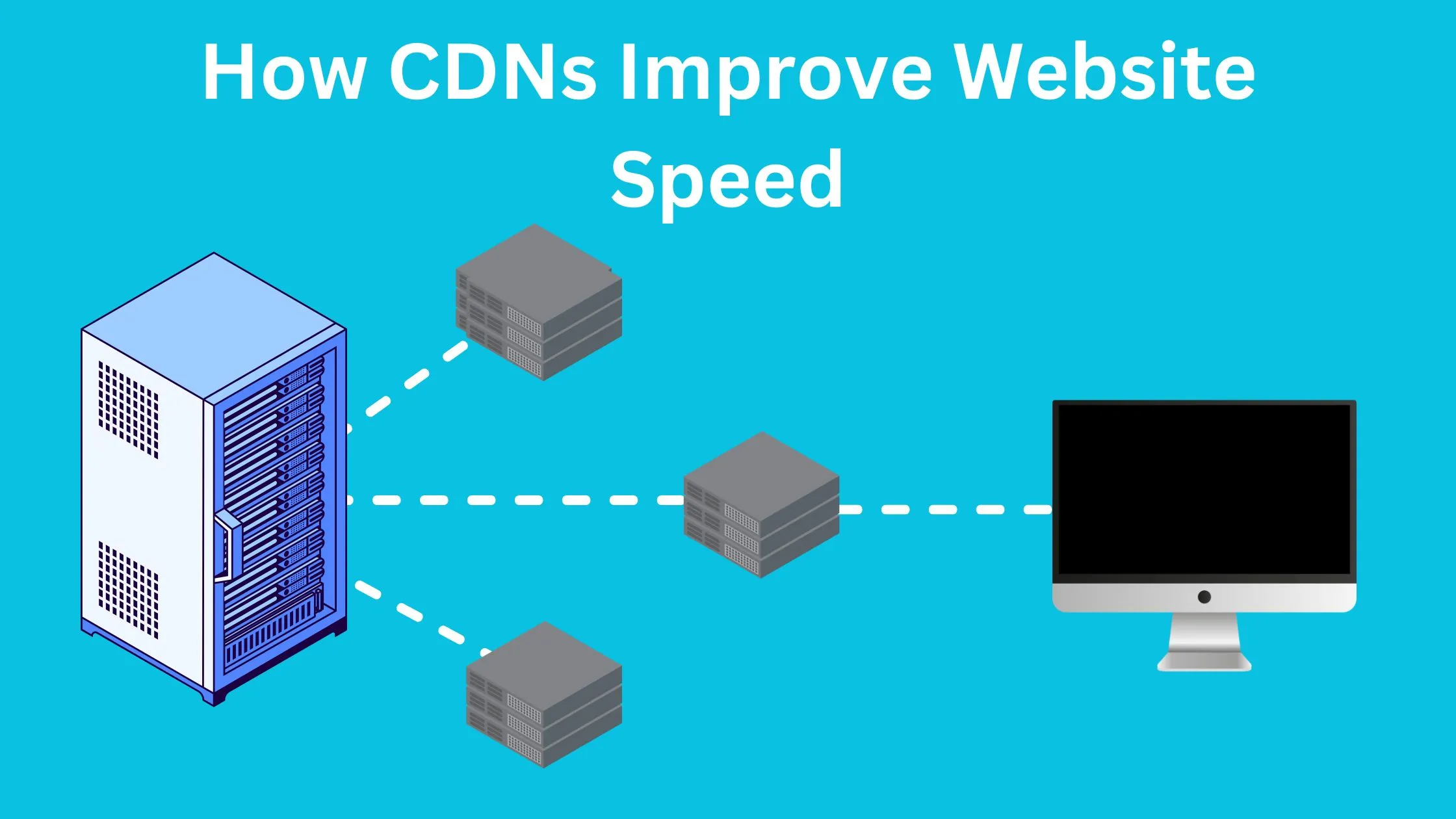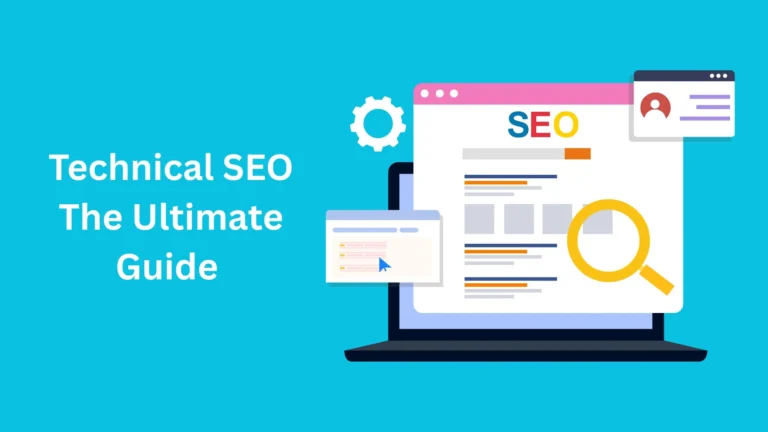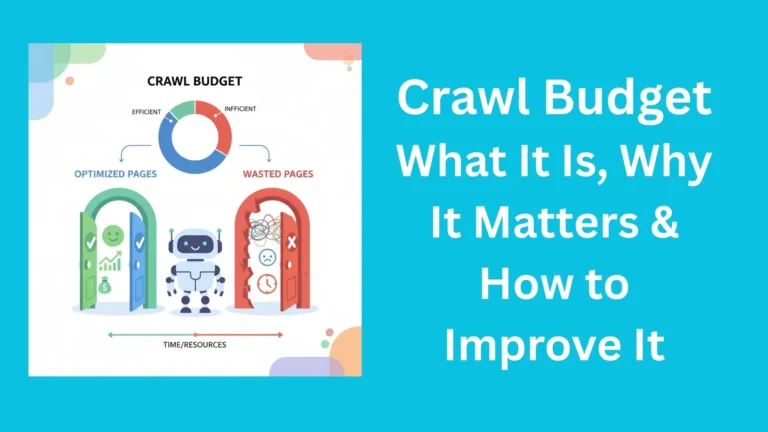How CDNs Improve Website Speed, Crawling, and User Experience

Is high traffic or international audience causing your website to load slow?
Have you ever thought about how large websites can achieve ultra-fast load times no matter how many people visit the website or where they are located?
The solution is Content Delivery Networks (CDNS)—the powerful aid that your website needs in order for it to run smoothly, be secure, and be easy to scale.
In this article, we are going to cover the workings of CDNs, their benefits, and how to utilize them in order to improve crawling and the general user experience on your site. Also, we will look at the common problems and ways to solve them in the context of a website that is powered by CDN.
What Is a CDN?
To begin with, think of a CDN as an effective intermediary between your website’s origin server and your users. A CDN doesn’t send files from the server directly to the user, but saves and shares files on multiple servers across the globe.
What is the importance of this? Consider a user in Australia trying to access a site based in Germany. Any request for data without a CDN must transport across thousands of miles which means a delay. However, with a CDN, the data is served from a nearby server which means the transfer times are drastically improved.
And that’s not all! CDNs also:
- Cache files that are most often accessed like images or JavaScript and CSS in order to decrease server load.
- Shield your network from harmful traffic and DDoS attacks to enhance your security.
- Ensure system uptime and reliability even in case your server is down at any point in time.
In short, CDNs are like having a fast network of couriers. They bring your website in front of users at the blink of an eye.
Why Go with a CDN?
1. Speed Up Your Website
A fast-loading website isn’t just an unnecessary feature, it is critical. Users are far more likely to visit a website that loads fairly quickly and feel that their browsing experience is better, leading to increased sales. Through CDNs, content is cached and users experience an improved load time, particularly during peak hours.
2. Protect Against Traffic Floods
Are you receiving unwarranted bots and spyware attacking your server? Don’t worry, CDNs can prevent these types of traffic from damaging your site, allowing real visitors unmatched access to your website.
3. Reduce Server Load
When most of the tasks are handled by the CDNs, your server can relax. This alleviates the use of computing power and the consumption of bandwidth which will eventually cut costs.
4. Improve Reliability
In the event of unforeseen server issues, while the server is down, CDNs can still provide the content from the cache which can be accessed by users. This means that instead of getting an error response users will be met fetch the required data.
5. Personalized Access Restrictions
Users and bots can easily be limited. With the use of a CDN, access can be easily managed so that you can rest easy knowing that there is no outside interference from bots and other unwanted users.
How CDNs Impact Crawling
It’s not just your users who reap rewards from the impact of CDNs. Any search engines which crawl and index your page will benefit too.
Here’s how.
Increased Crawl Rate
When a website is backed by a CDN, Google’s crawlers automatically assume that it is capable of handling a significantly higher crawl rate than normal. This has the advantage of making sites that are launching new pages or updating older ones have their pages crawled substantially faster. The trade-off, however, is that during cold cache periods, your server will have to take care of traffic load until the cache is warmed up.
Effective Rendering
Performance efficiency boost can be gained by hosting static resources such as images on separate CDNs. However, increasing the number of embedded hostnames can cause slight lags, thus, serving critical assets on a single CDN hostname is the optimal solution.
Do Not Fall Victim
To Complacency Sometimes, CDNs misinterpret a search engine crawler as someone with malicious intentions and subsequently block them. Such false positives may lead to higher ranked pages being demoted due to not being properly crawled.
What occurs during a block?
Hard blocks: These include HTTP errors such as 503 or 429, or network disconnects that tell Google not to crawl anymore.
Soft blocks: Popups such as CAPTCHA or bot-verification serve as blockers since crawlers are unable to get past them.
Use Google Search Console’s URL Inspection Tool: Verify whether the website is visible and accessible. If it is not accessible, there might be a block.
Maintain Blocklist Monitoring: Internet Search Engines such as Google provide the range of IP addresses that their bots use. This range should not be blocked.
Whitelist Search Engine Crawlers: As a general practice, CDN providers facilitate users by letting them add IP addresses to whitelist in order to prevent blocks.
Choosing the Right CDN
Not every CDN will suit your business. Here are some things to keep in mind when picking one:
- Performance: Is the CDN capable of latency optimization during the request response communication?
- Dependability: What measures have been put in place for server downtimes?
- Sustainability: Is the product able to grow along with the company?
- Cost: Is the service reasonably priced?
- Customer Support: Is there always a member of support staff on hand?
- Security: Is there adequate protection against DDoS and other attacks?
Tip: Ask your host or content management system provider if it integrates CDN.
Avoid Common CDN Pitfalls
Implementation of CDN services can be challenging as they have some powerful features, but inappropriate practice or configurations can create problems. Here are suggestions for this issue:
- Monitor Refresh Settings: Confirm that your CDN is caching relevant files, and is not showing obsolete content.
- Finding a Middle Ground: Adequate protective measures against floods should enable crawlers and users to access the necessary parts of the site.
- Setting the Asset’s Location: Use the main host name or the CDN for the most important assets to eliminate unnecessary delays.
To Wrap Up
Sticking to the topic of web optimization, readiness for failure and reluctance to take responsibility is the only advice that can work. Moreover, it is self-evident whichever way, self-evident and noticeable is web care in no way matters for any site.
Investing into a trusted CDN might relieve you off endless, time consuming and complicated issues. CDNs could prove beneficial, especially for your growing blog or already established eCommerce store. Did you know how effortless it is to get started on scaling your website today? Take a look at CDNs specifically intended for your requirements now!
For a detailed look at how to improve your website’s technical performance, explore our Technical SEO guide.

With 5+ years of SEO experience, I’m passionate about helping others boost their online presence. I share actionable SEO tips for everyone—from beginners to experts.

